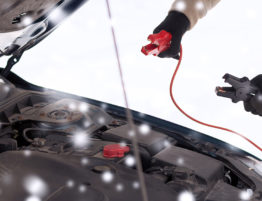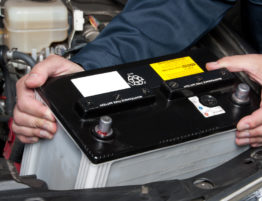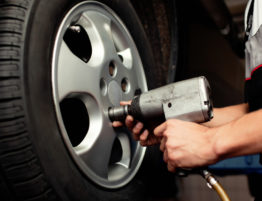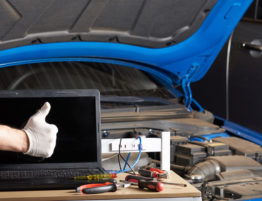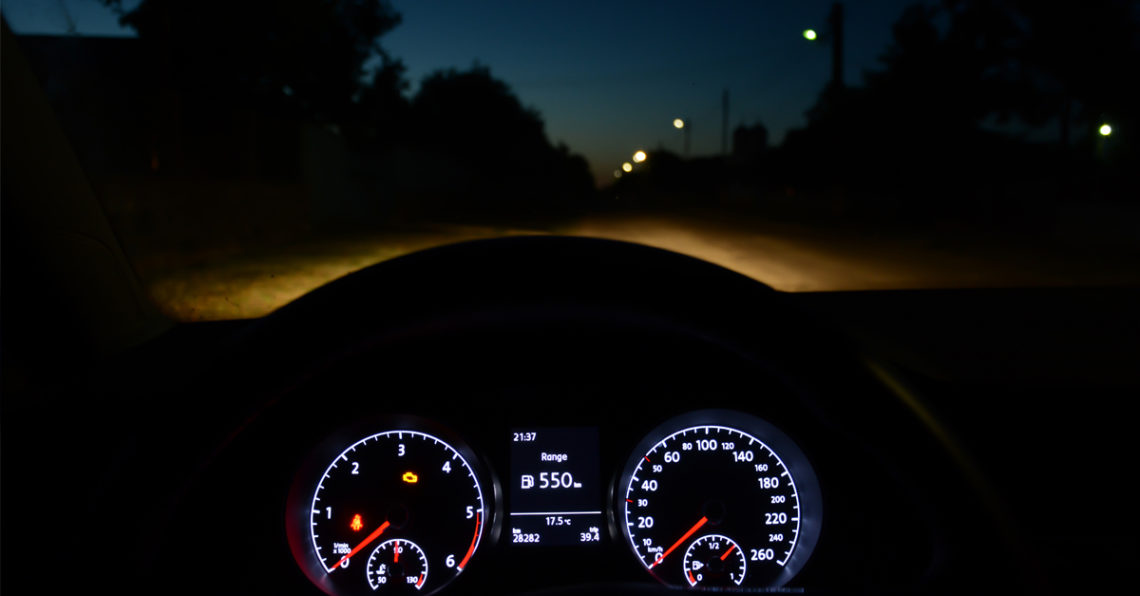
Summer is over, fall is here and although we hate to remind you of this, winter is not too far away. One of the things this means for drivers is that they are likely to spend more of their time driving in the dark, as the days get shorter and sunsets occur far earlier.
Even if you consider yourself ‘used to it’ nighttime driving, especially winter nighttime driving, can be especially challenging and, at times, dangerous. According to the National Highway Traffic Safety Administration 40% of fatal automotive accidents in the United States occur at night, partially because driving after dark often affects peripheral vision, depth perception, and the ability to distinguish color for even the most experienced drivers.
There are some measures you can take to make your after dark drives safer though. Here are some of the most important.
Take Extra Care of Your Headlights
Ensuring that your vehicle’s headlights are functioning as efficiently and effectively as possible at night or in other low-light daylight conditions – rainy days, foggy days, snowy days, all of which are common during the colder months – is a must. This does not simply mean checking the bulbs though. Your headlight covers need to be kept clean, so you should wipe them off at least every few weeks or so. You also need to check the angle of your headlights and adjust them if they are not aimed properly. If you are not sure just how to do that a mechanic at your local auto body shop will be able to help.
Windshield Care is Crucial
For safer nighttime driving your windshield needs to be as clean and clear as possible, and the same is true of the rear windshield and your side and rearview mirrors too. Fog and ice can still cause problems on even the cleanest windshield though. There are all kinds of treatment products that can be found in auto stores that will help prevent icy build up and/or fogged windscreens and mirrors and at just a few dollars each they are often a wise investment.
Finally, before the bad weather really sets in check your windscreen wipers and replace them if necessary. Getting stuck with broken wipers on a cold dark night is no fun and it certainly isn’t safe either.
Light Up Earlier
Don’t wait until it is pitch black to turn your headlights on. Instead use sunset as your cue and ‘light up’ at that point instead. This is not so much to improve your vision but to help ensure you are as visible as possible to other vehicles on the road.
Keep the Cabin Dark
Keeping the cabin of your vehicle as dark as possible will help increase your nighttime vision. If possible dim your dash lights (most newer vehicles do offer that option) and avoid using map lights or courtesy lights while driving.
Watch Your Distances
Do not be tempted to “outdrive” your headlights and be conscious to maintain a safe stopping distance between your vehicle and the road – and traffic – in front of you. In fact, helpfully, you can use your headlights as Headlights a measuring tool: on average low-beam lights have a 160-foot visibly range and high-beam lights have a 500-foot visibility range.
Don’t be a Deer
You know all about what happens when a deer gets caught in the headlights don’t you? Well exactly the same thing can happen to a human if they stare directly into the headlights of the oncoming traffic. Which is not a good thing at all. Oh and speaking of deer remember to be on the lookout for them – and other woodland creatures – as well.
Visit our Contact Us page to find out how and where to reach us.
We can also give you a free online estimate. Click here to give us the details of your car repair needs.
We work with all insurance companies and we can guarantee the quality of our work every time.


